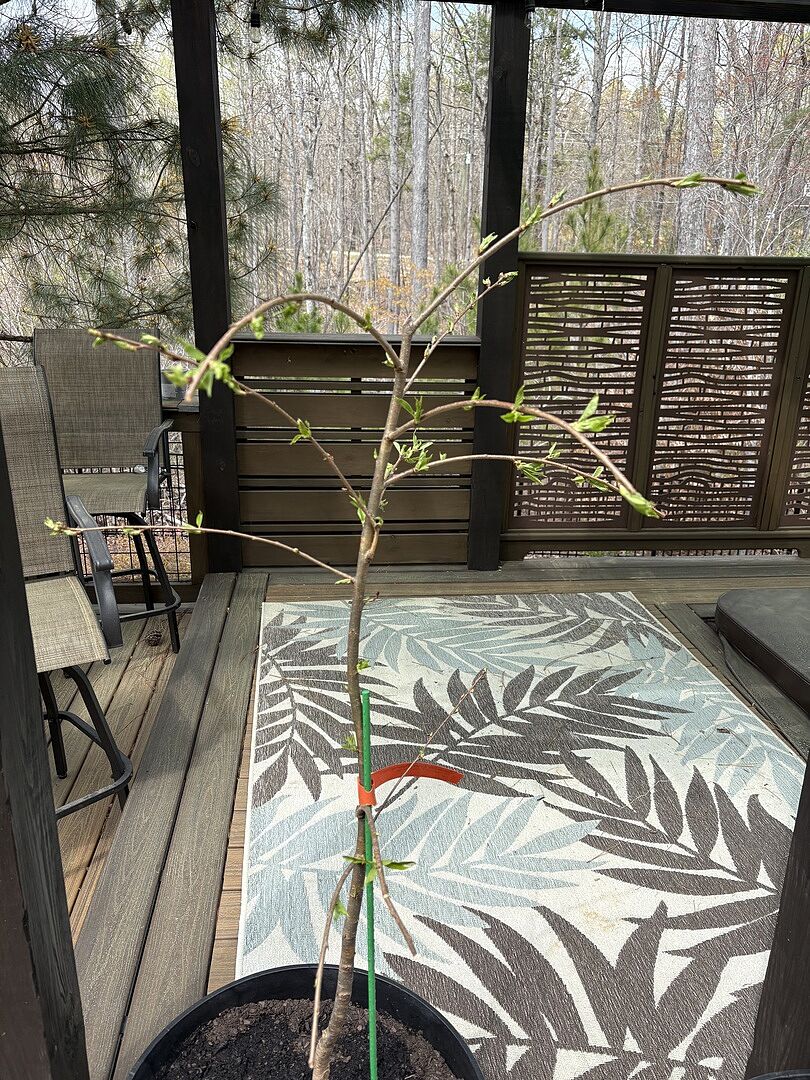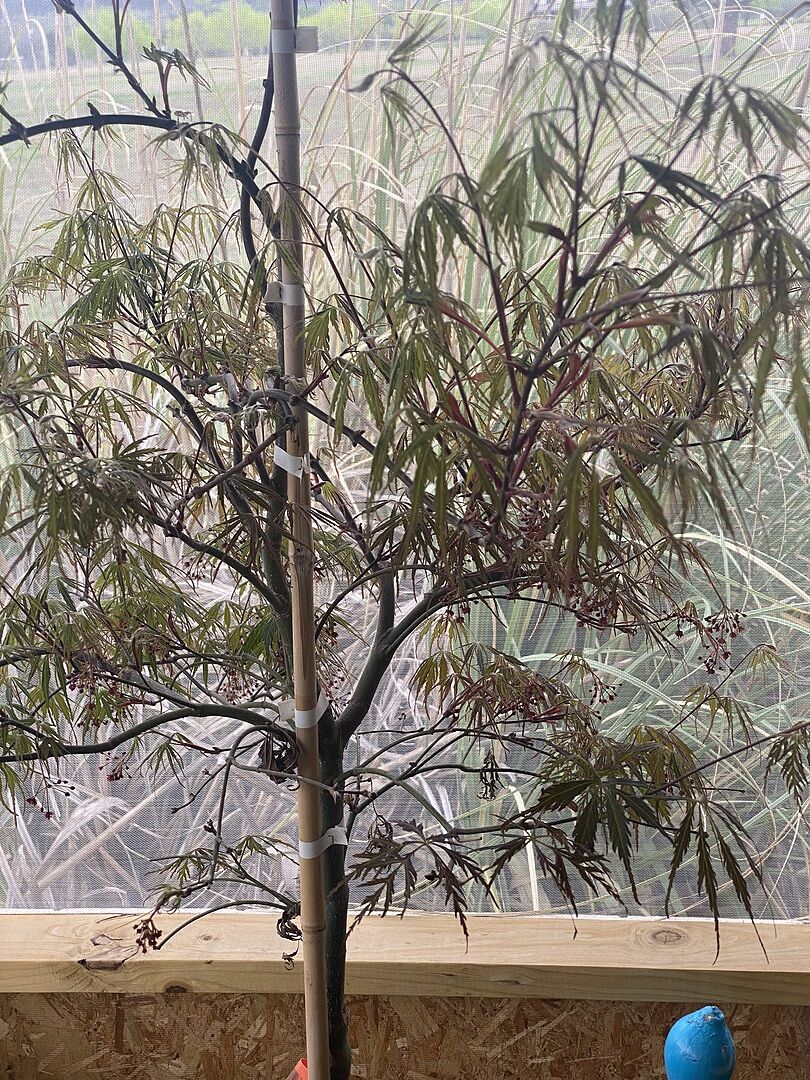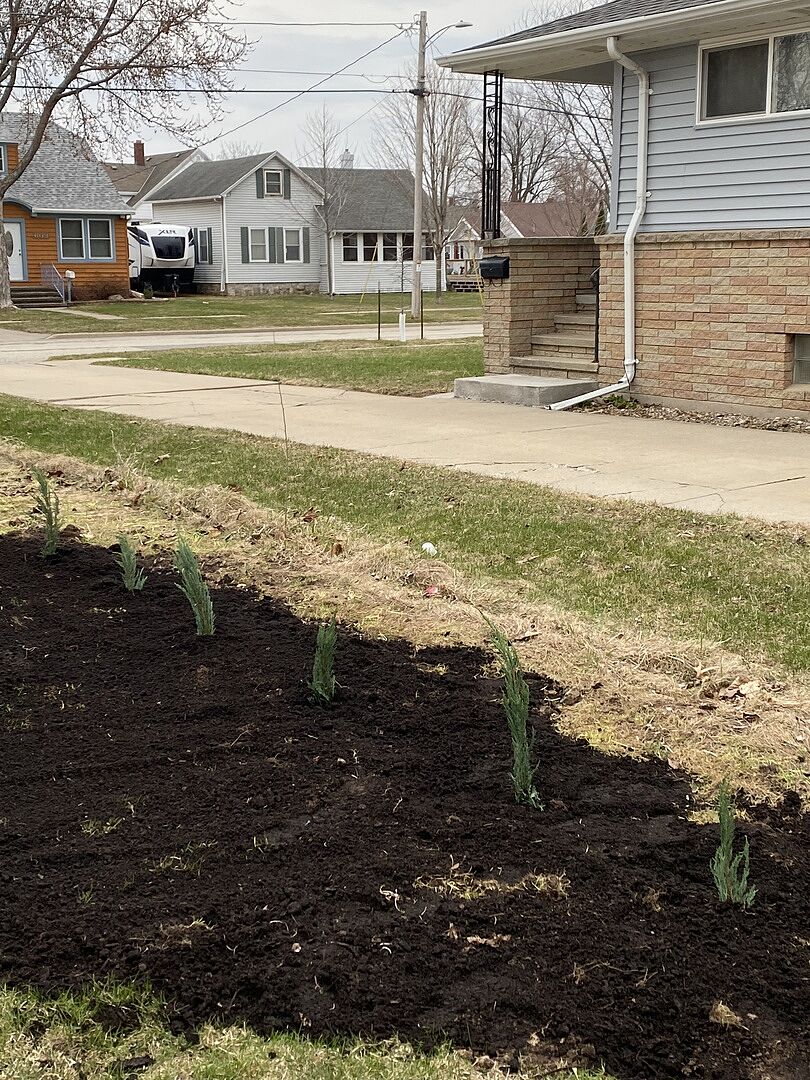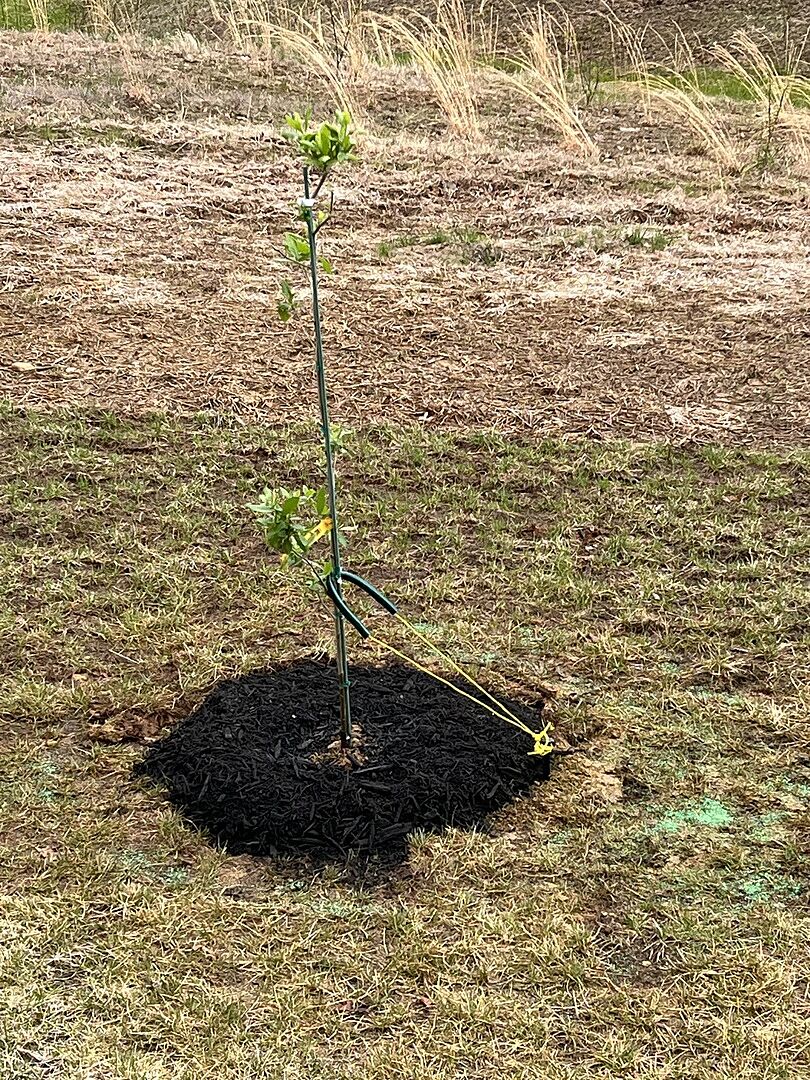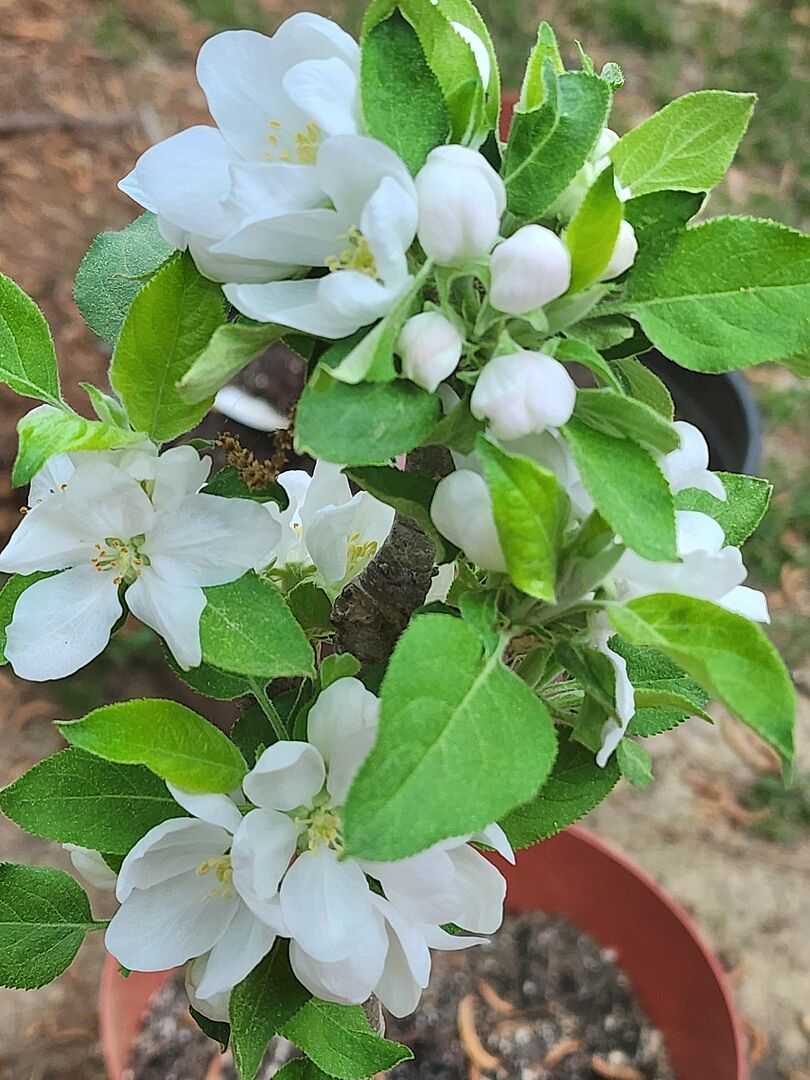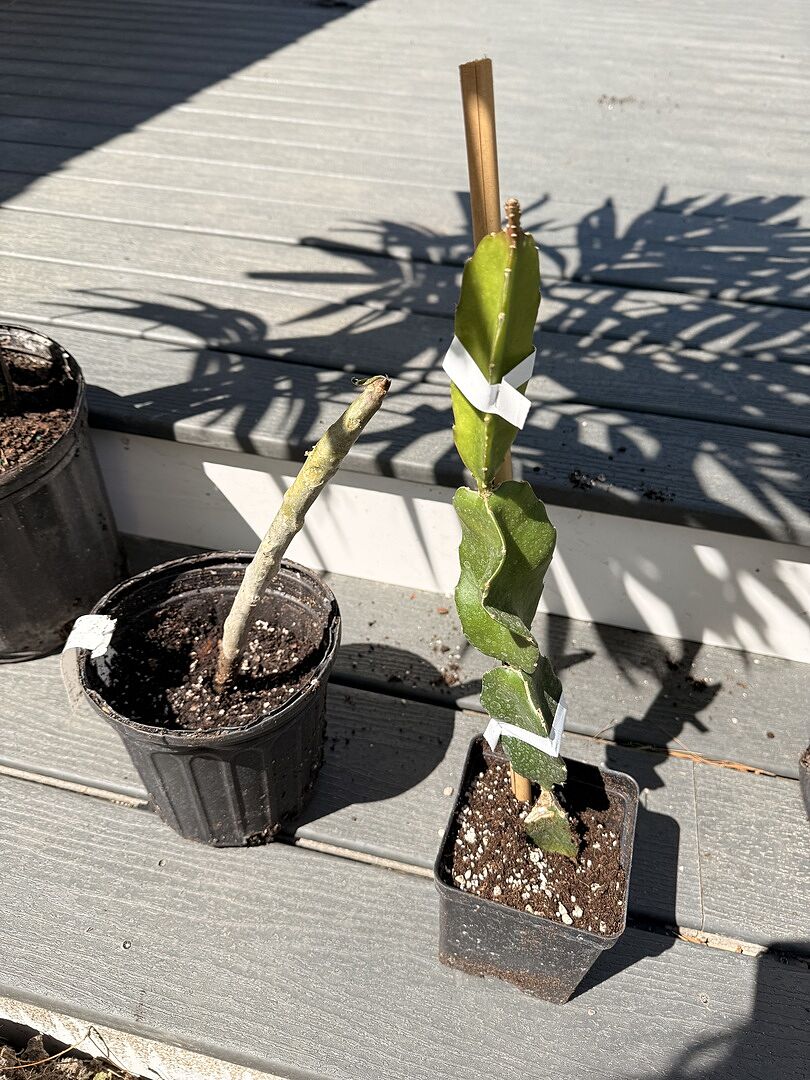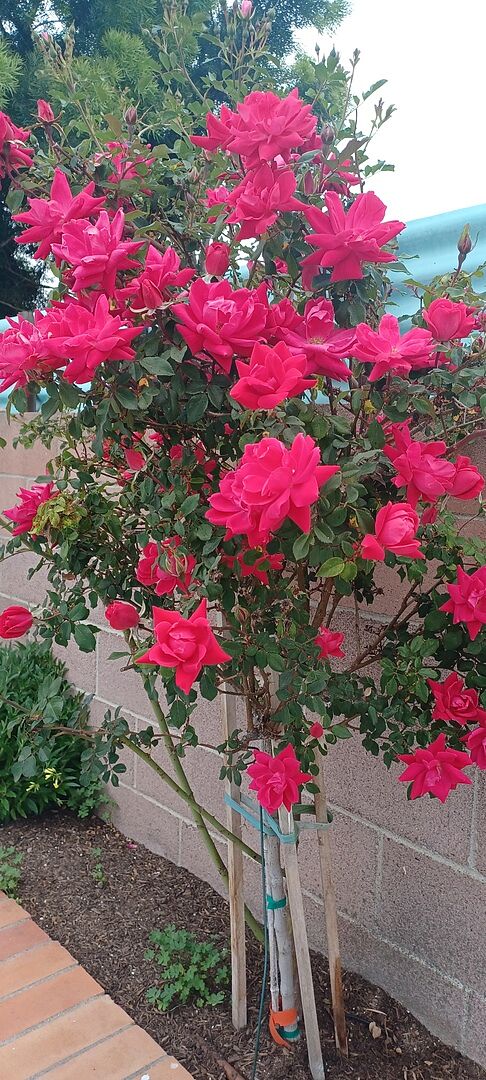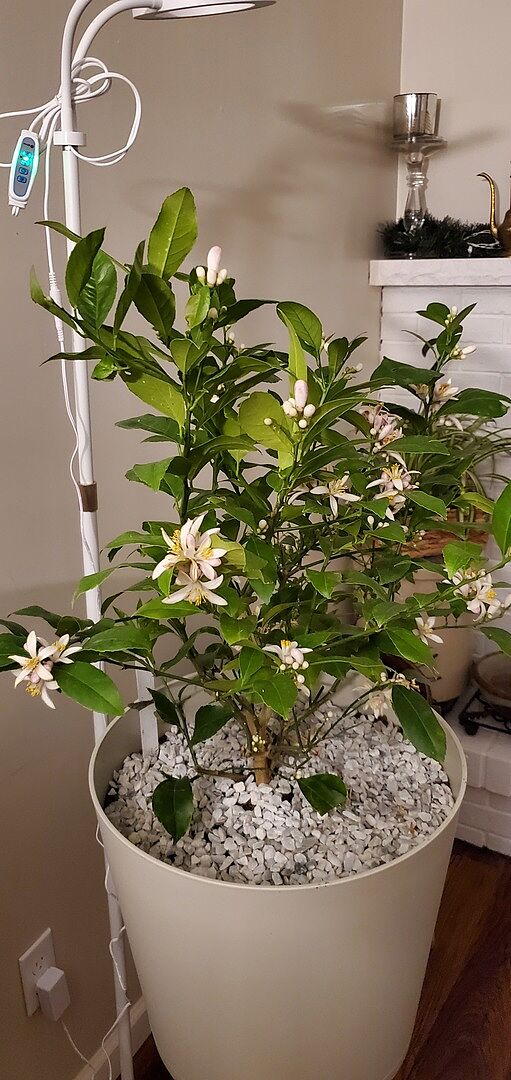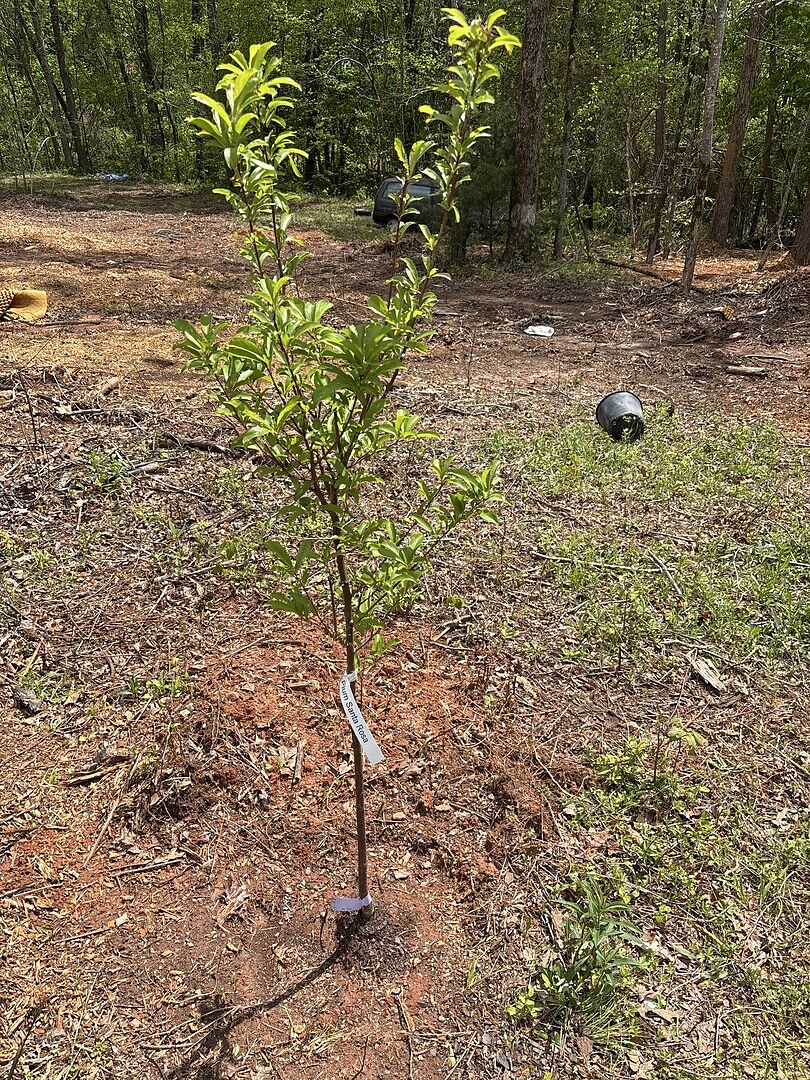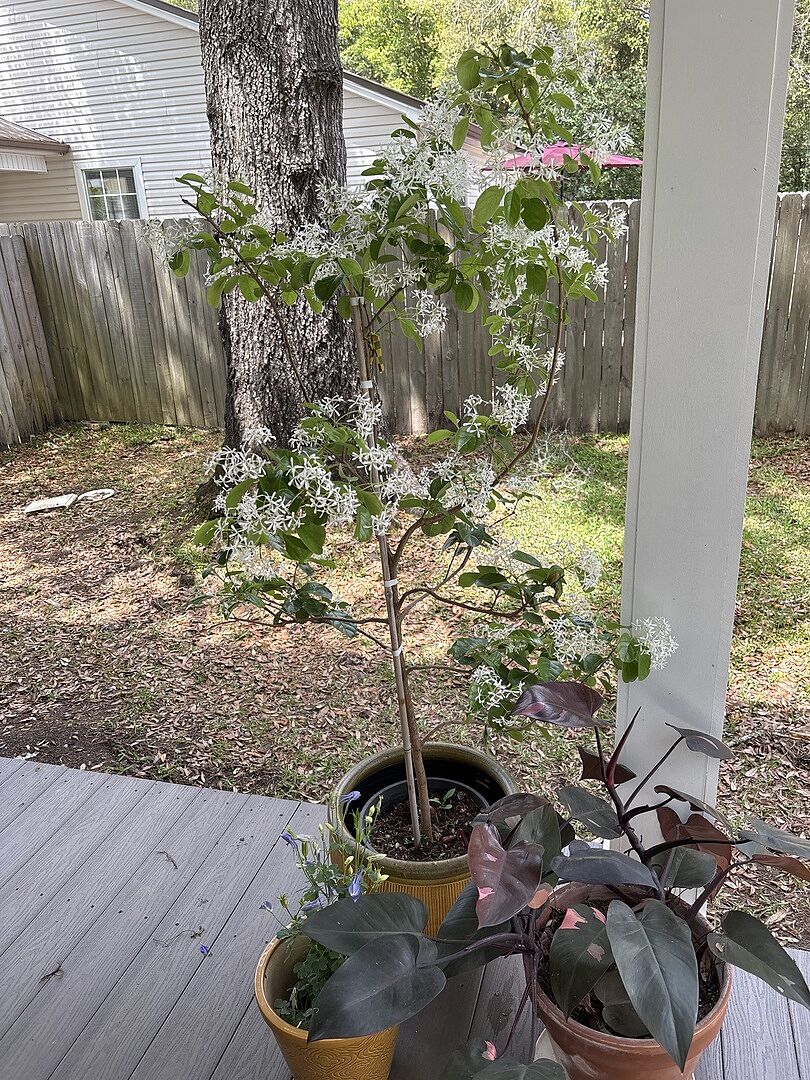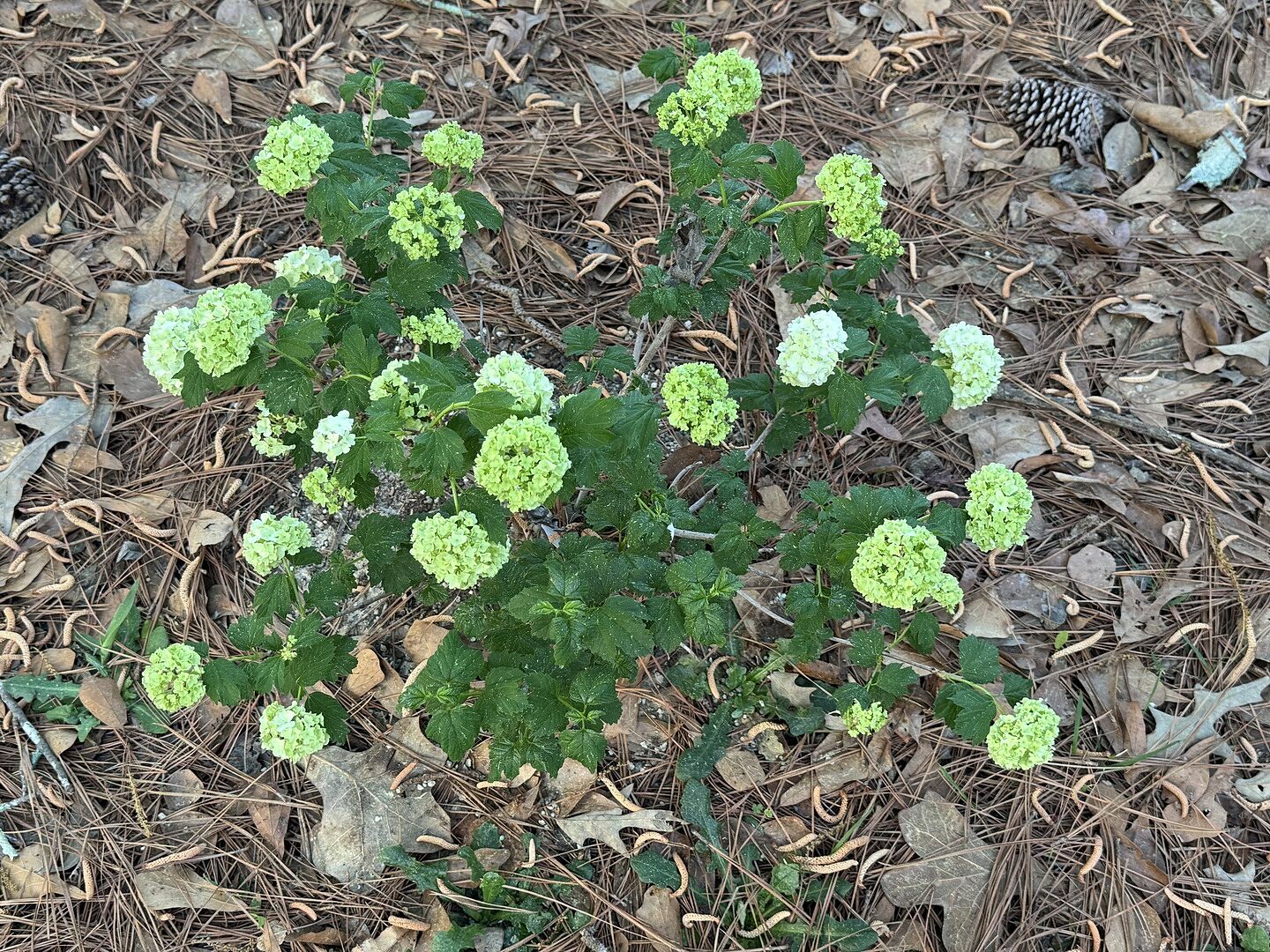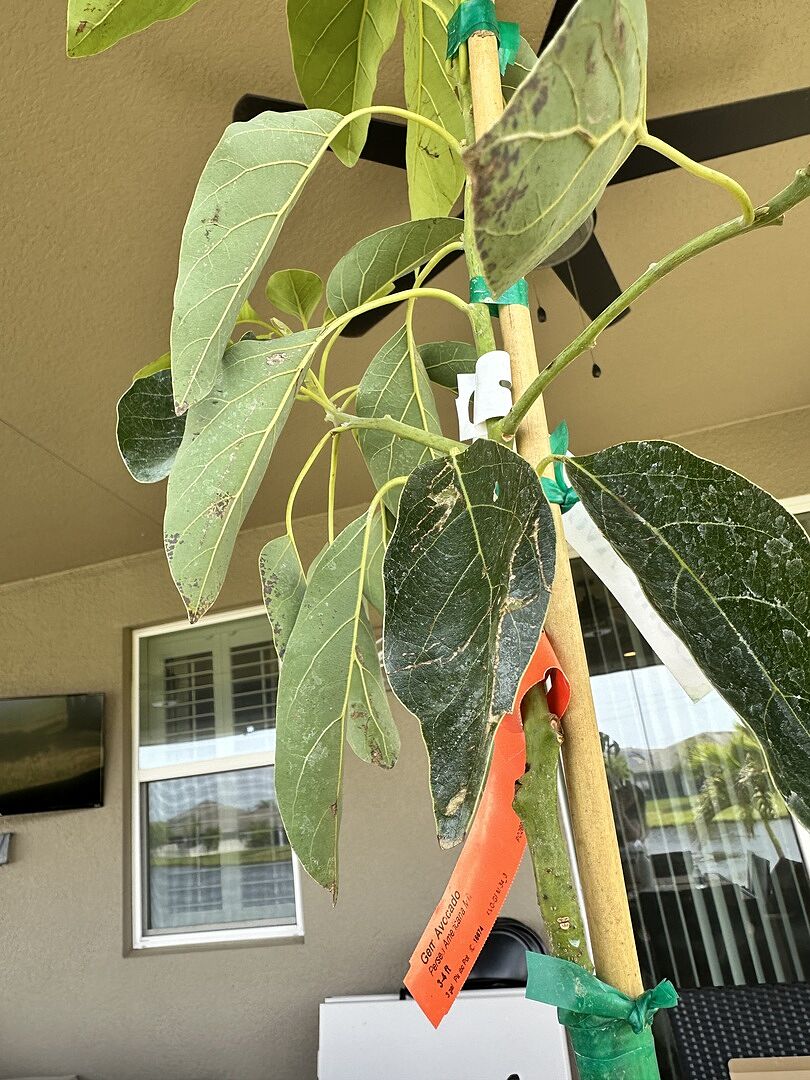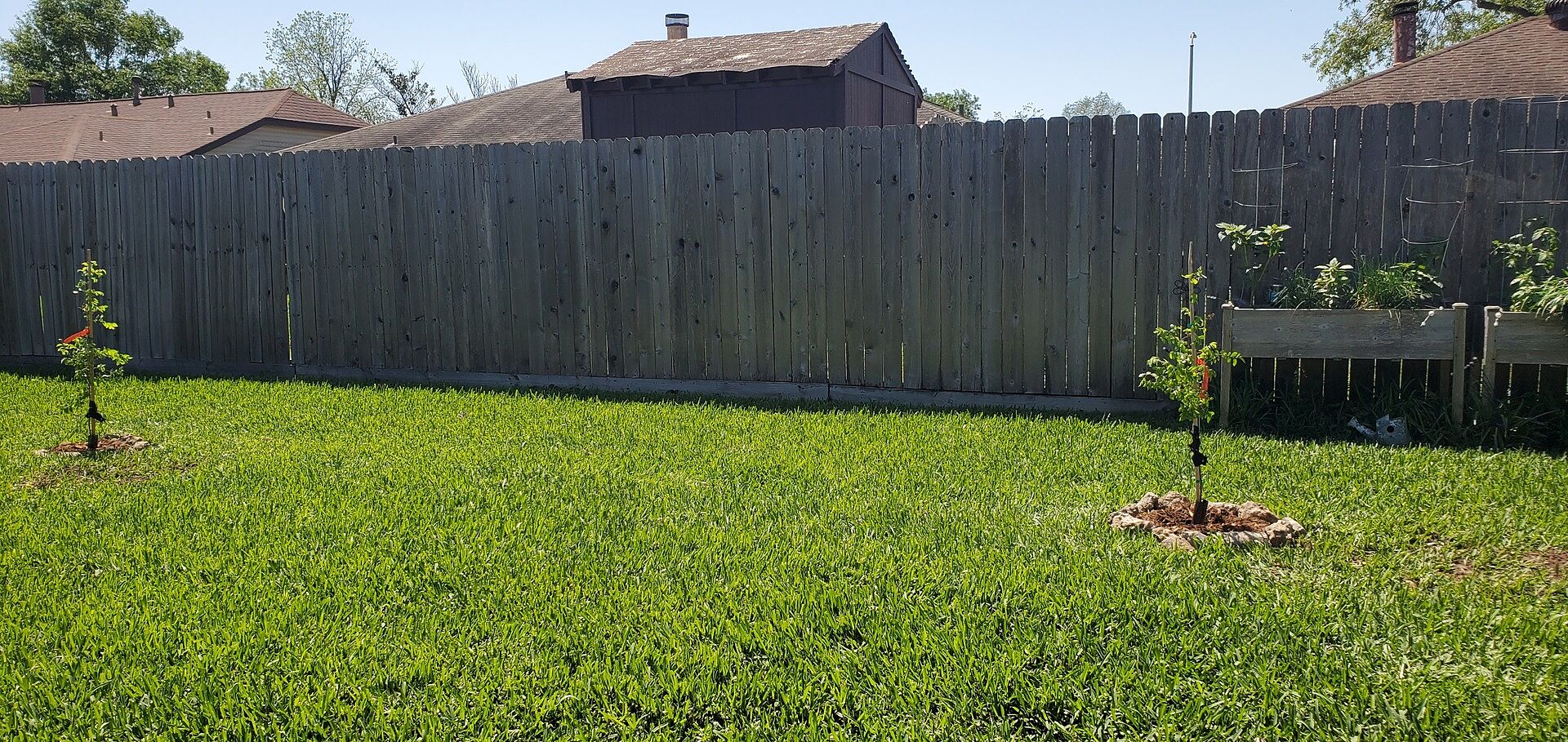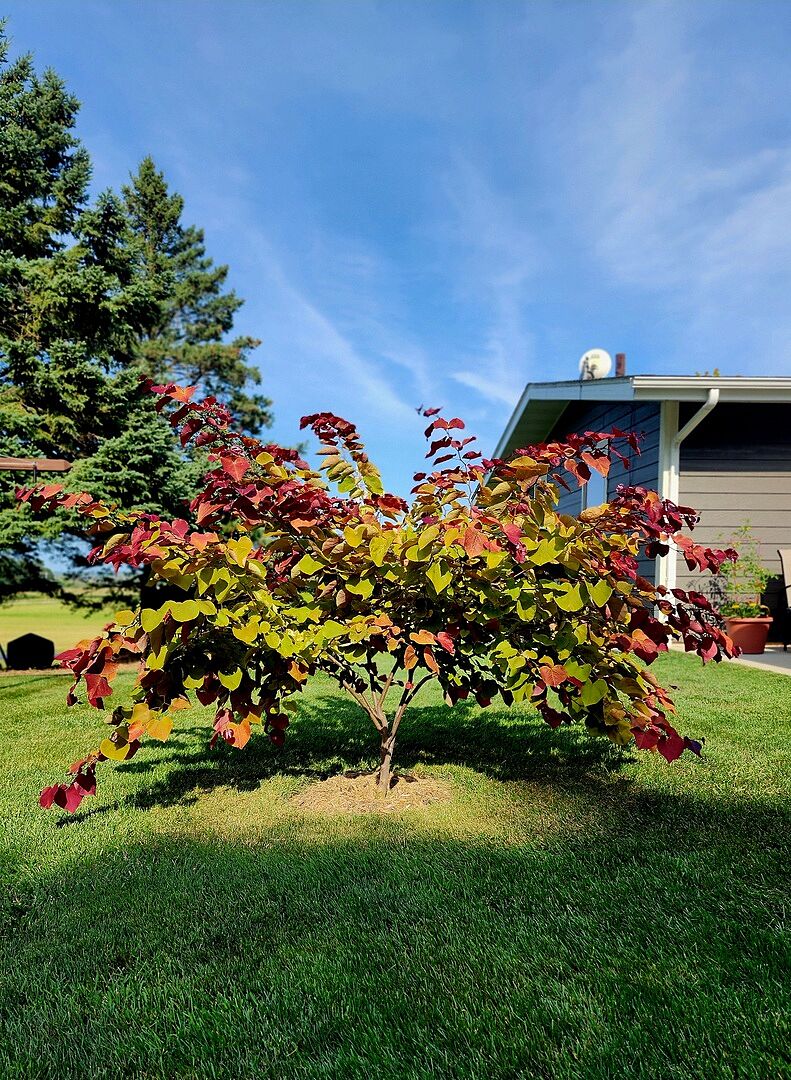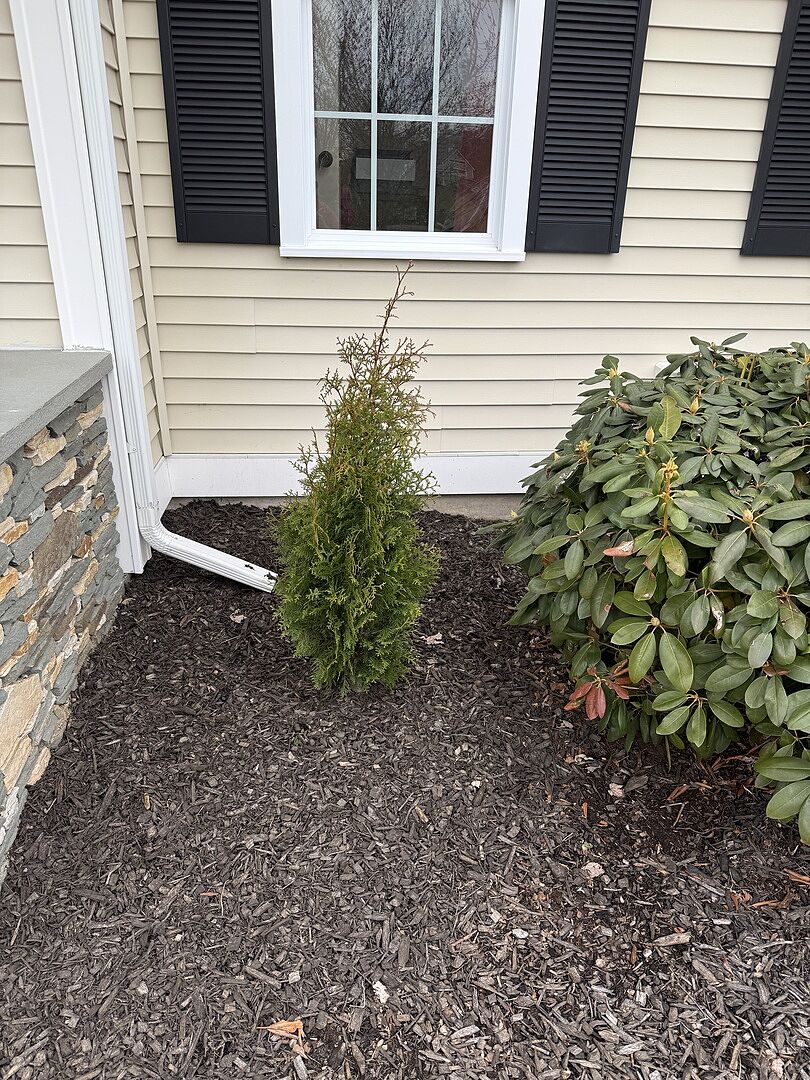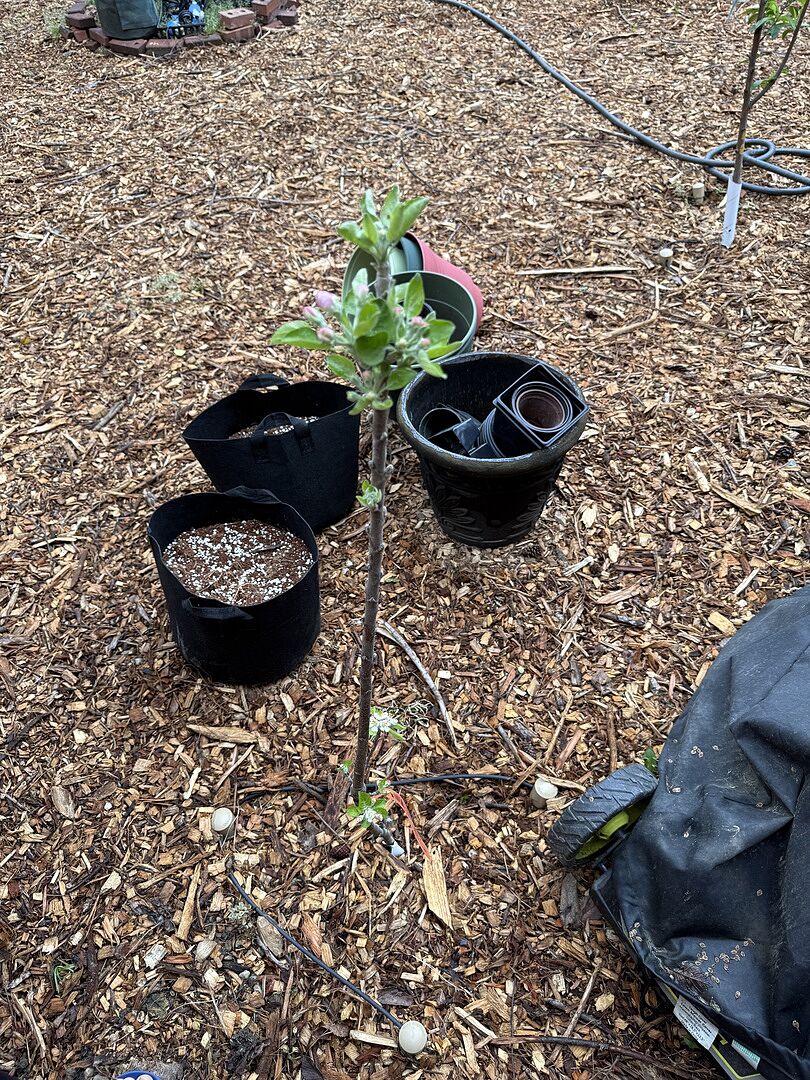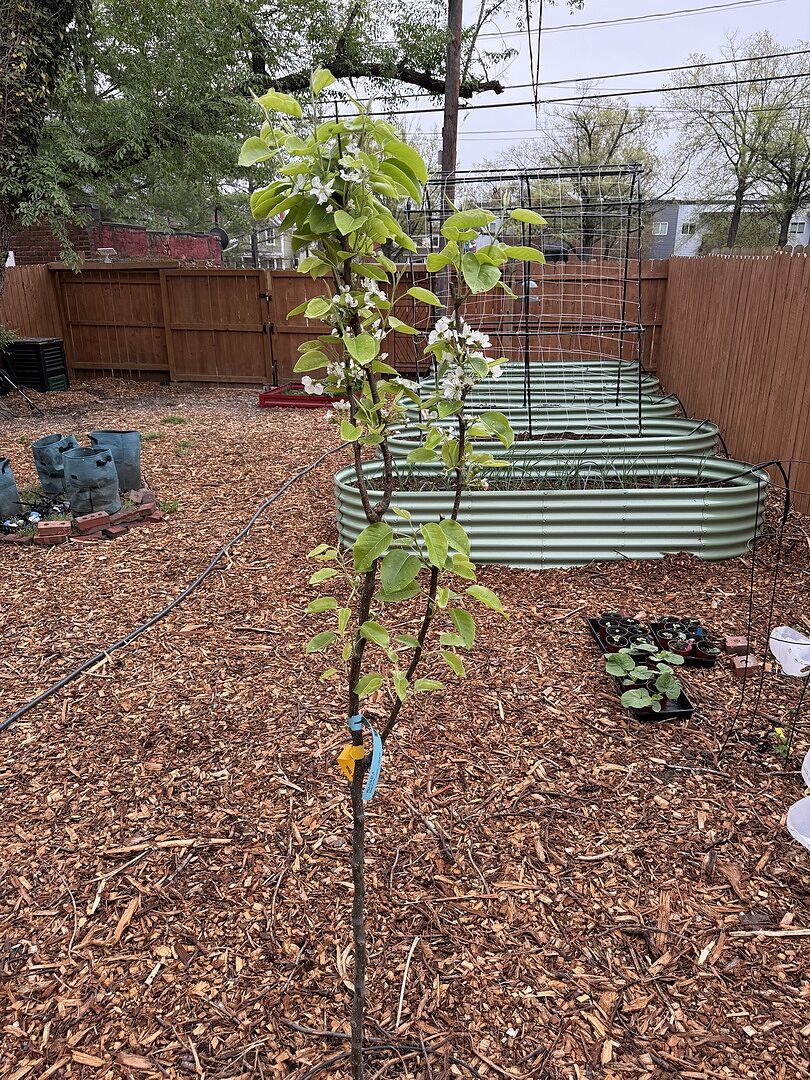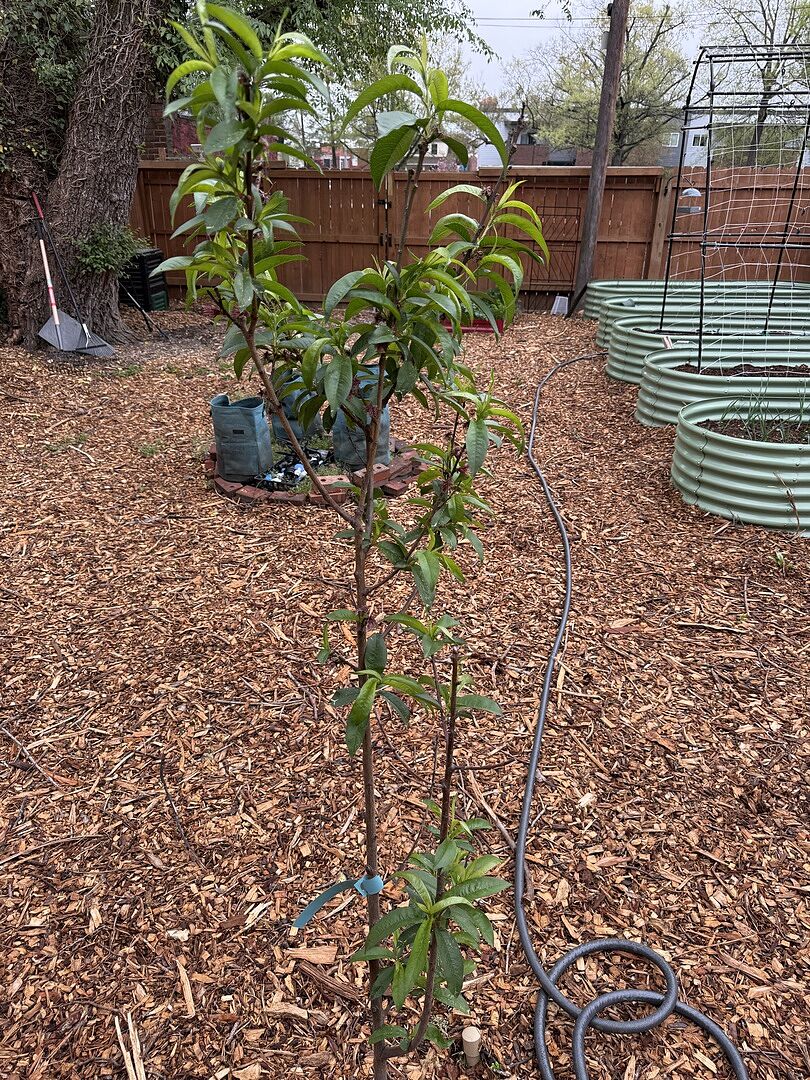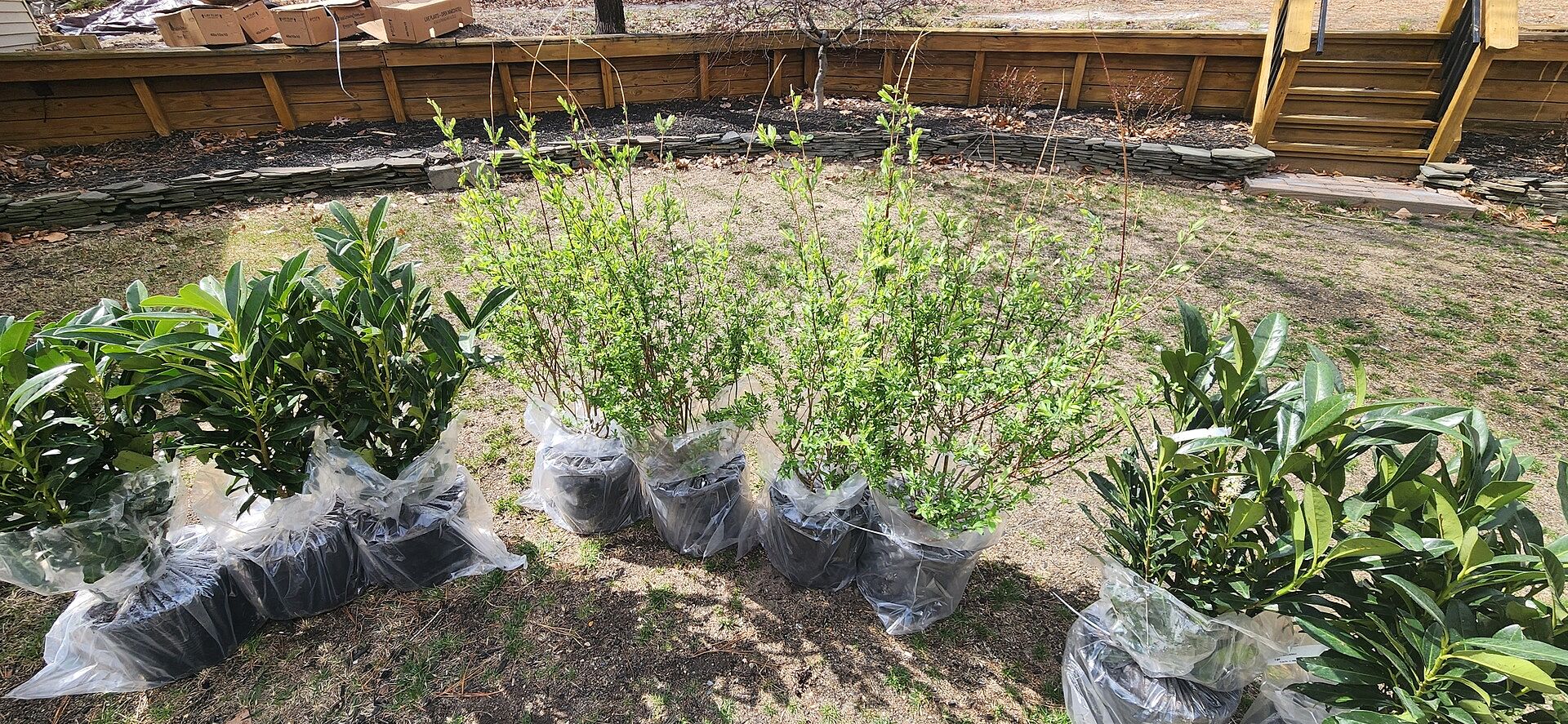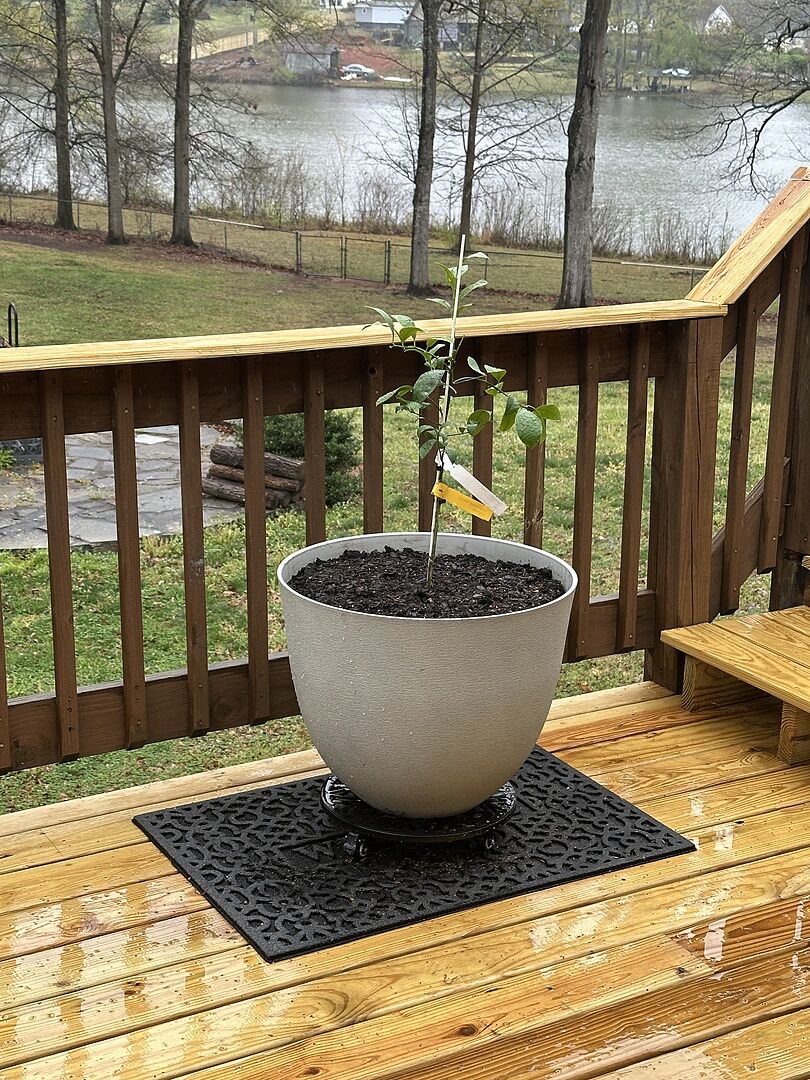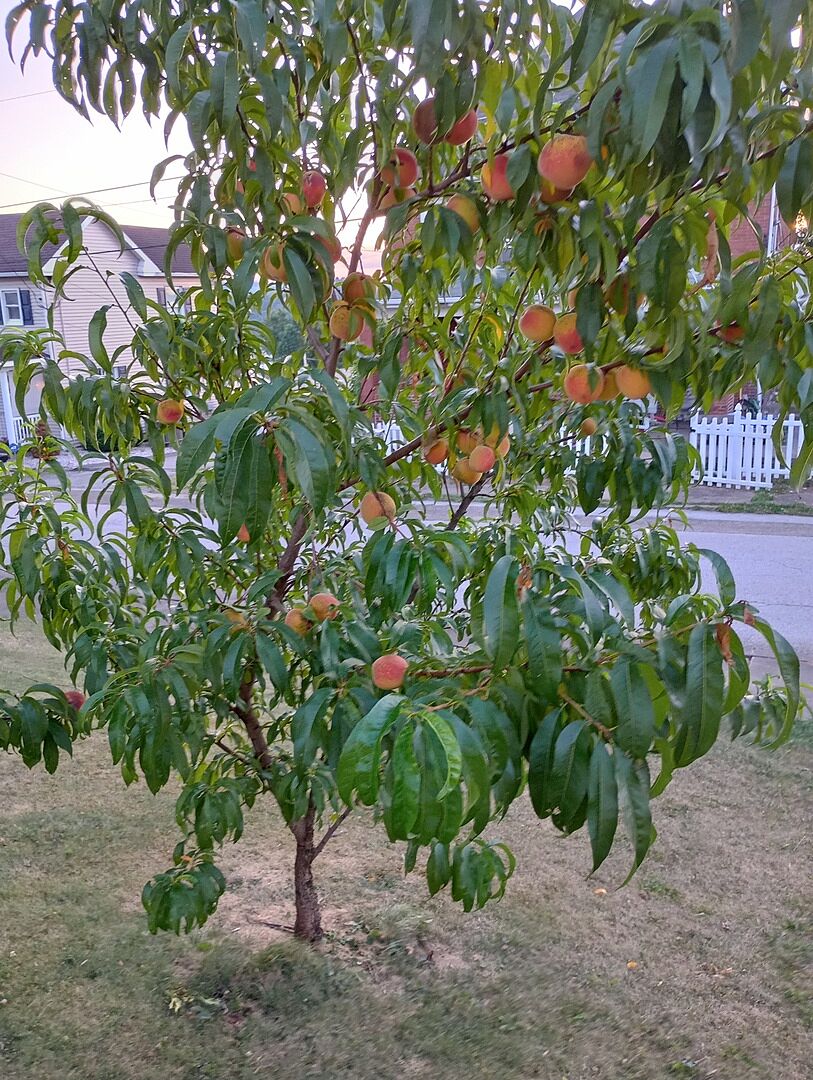Plant Care 101: Arbequina Olive Tree

Last updated: Mar 23 2022

It's one of our most popular trees and a personal favorite: The Arbequina Olive Tree, or Olea europaea 'Arbequina.' There's a lot to love when it comes to this low-maintenance and long-living evergreen tree, from its graceful good looks to its fresh, delectable fruit. But what about its care? It's easy to select and purchase this amazing little fruit tree, but what do you do when it arrives?
Luckily, we have a few pointers to help your Arbequina truly thrive...and best of all, they're super easy!
Are Olive Trees Hard to Grow?
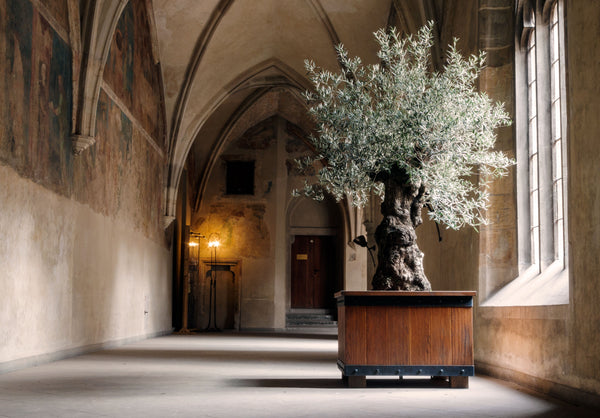
Growing Olive Trees Indoors
Though the Arbequina Olive Tree can be planted outside, it's usually best suited for indoor growth. And that's good news for you because indoor growth means climate isn't an issue. So, whether you live up north, out west, or down south, you can have an Arbequina of your own.
All you need is a sunny window for your Arbequina to thrive. We advise full to partial sunlight year-round, which means about 4 to 8 hours of sunlight per day for your plant. From there, simply choose a container that's about one and a half to two times the width of your plant's shipped container.
You don't have to transfer it right away, but Arbequinas do well in a pot with room to grow. Olive trees prefer extremely well-draining, rocky soil. Plant your tree in a mix of regular potting soil and perlite or small rocks to create good drainage, and try using a clay or wood container for best results.
Note: Arbequinas are self-fertile, but if you keep your plant indoors, hand pollination can help. Also, two or more trees mean much more fruit for you!
Arbequina Olive Tree Care Outdoors
It's important to note that you can grow Arbequina Olive Trees outdoors, as well. If you're located in Zones 8 to 11, your location is well-suited to ground-planting your Arbequina.
Thankfully, our instructions are pretty much the same: Well-drained soil, 4 to 8 hours of sunlight and a fresh hole that's about twice the width of your plant's root ball. Once you have all that, place your Arbequina, back fill any soil and then water to settle its roots.
Again, more than one tree means more fruit for you, but our Arbequina is self-fertile and should produce fruit in just one year. Hand-pollination isn't necessary outdoors either since the Arbequina is wind-pollinated. What's better than fast and fresh olives?
Growing Arbequina Olive Trees in Containers & Beyond
Now that you've got planting down, it's time to move on to long-term care. Thankfully, our Arbequinas are hassle-free, but proper, ongoing care prepares them for a lush life. For starters, adequate soil moisture is vital, so ensure that you set a regular watering schedule of one to two waterings each week.
If you're not sure when to water, simply check your Arbequina's soil with your finger, down to at least 1 to 2 inches. If the soil is dry, it's time to water your tree. Mature olive trees are very drought tolerant but will produce more olives with regular watering.
And for super healthful growth and even more fruit, fertilize your Arbequina twice yearly with a high-nitrogen blend, like 17-6-10 in a time-release formula. Other than that, the Arbequina is ultra-effortless.
No serious pest or disease issues affect this variety, and any that do can be mediated by cleaning your leaves. Pruning is straight forward too - thin out your young plants to three or four main branches for optimum fruiting, and after blooming in the spring, clip the tips of your branches. It's that easy!

Planting Tips for Arbequina Olive Trees
So, the Arbequina Olive Tree is really easy to plant and maintain. You're probably thinking there's more to it, but we're serious: The Arbequina is pretty much effortless. But, we do have just a few more tips to ensure your Arbequina is successful:
-
If you're growing your Arbequina outdoors, be sure to remove any nearby weeds for best results. No harsh sprays are needed--simply pulling up weeds by hand is fine.
-
Like we said, the Arbequina doesn't have any serious pest or disease issues, so the only ailment patio or outdoor growers need to watch for is scale. If you do encounter scale, it's easy to treat with a natural insecticidal soap or BioNeem.
Harvesting Olives
Now, the best part: Home-grown olives! Taking its name from the village of Arbeca, located in Catalonia, the Arbequina produces delicious table olives and olive oil. In fact, it boasts one of the highest concentrations of oil in its olives, making it particularly suited for your own from-scratch blend of olive oil.
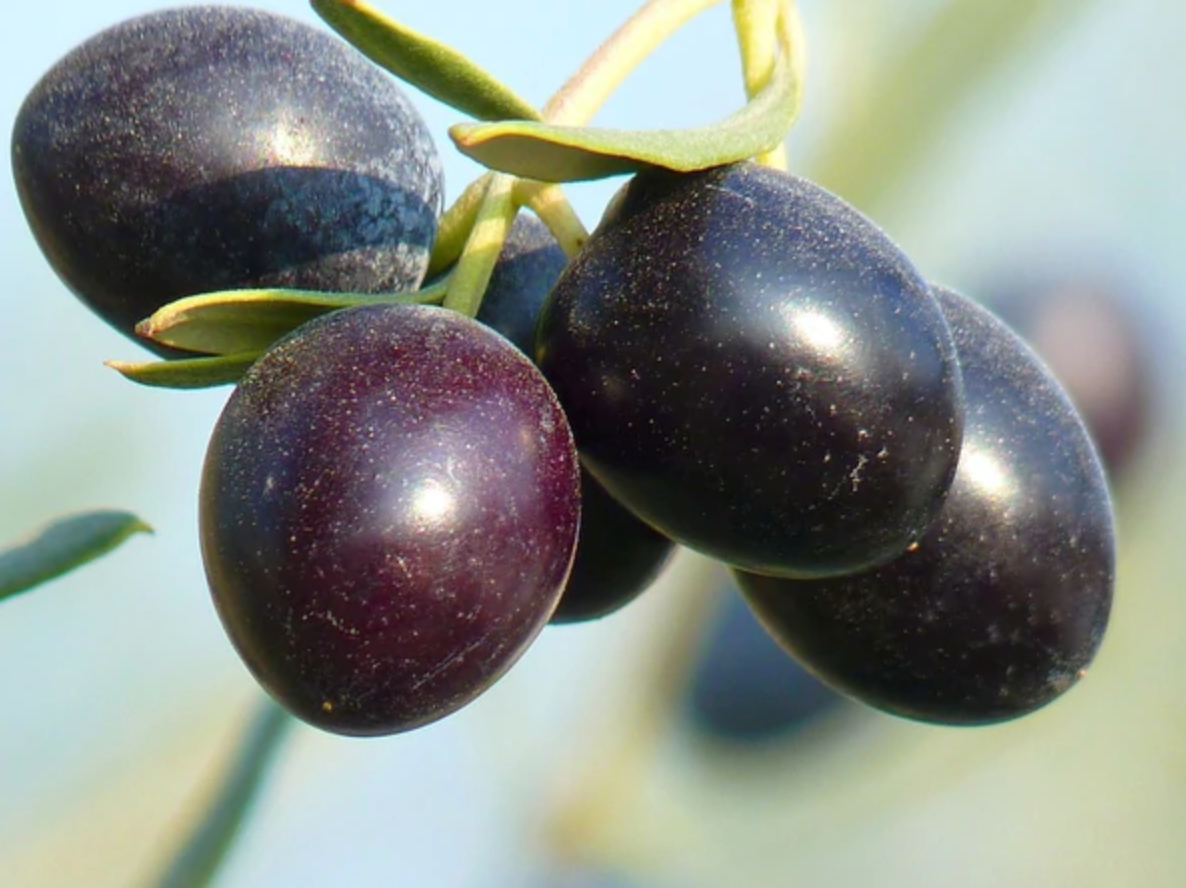
And as Arbequinas are typically small with weeping branches, its olives are simple to pick by hand. You'll know when your Arbequinas are ready by their color. During the ripening process, they transition from a light green to soft pink before finally changing to a brownish-purple shade. Once they're picked, they're ready for the curing process--this is what makes your olives tasty! You can brine cure or water cure, but this process is important to ensure your olives aren't bitter in taste.
After you've harvested and cured your olives, it's time for snacking, dressing up salads, making tapenades and more.
You may need special equipment for making your olive oil, but the process itself is straight-forward...and absolutely delectable. Oil derived from the Arbequina Olive Tree varies in color from green to a golden yellow, depending on when you harvest your olives. Either way, you get second-to-none taste.
If you're searching for looks and home-grown edibles, look no further - the Arbequina has it all. See what all the hype's about and get your own today! Plus, check out some frequently asked questions below!
FAQs

Written by
Blair Brown
Blair is the Content Marketing Manager at FastGrowingTrees.com, and though she's not your traditional gardener, the planting world is definitely growing on her (pun intended!). She's enjoyed digging into plant care and maintenance and growing her plant collection, especially with exotic indoor varieties.
Featured Product

Lecciana Olive Tree
13 reviewsStarting at $124.95
























